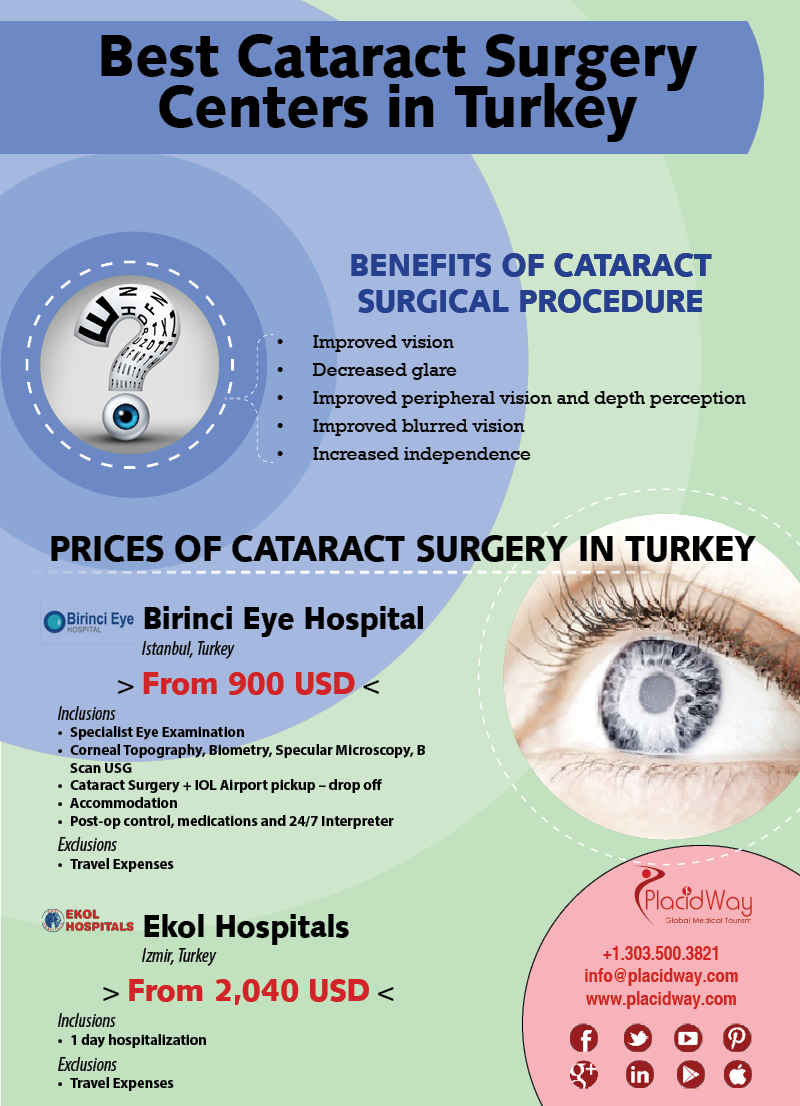An In-Depth Assessment Of Modern Cataract Surgical Treatment Approaches
An In-Depth Assessment Of Modern Cataract Surgical Treatment Approaches
Blog Article
Article Written By-Gillespie Olson
As you discover the advancement of advanced cataract surgical procedure strategies, you'll witness a journey marked by resourcefulness and precision. From ancient methods that led the way for contemporary developments to innovative technologies that are transforming the area, the detailed overview of cataract surgery methods is a testament to human progress and commitment to enhancing individual results. The intricate interaction in between historic approaches and advanced improvements produces an intriguing story that clarifies the evolution of one of one of the most usual procedures worldwide.
Historical Strategies and Developments
Check out exactly how very early cosmetic surgeons transformed cataract therapy by employing cutting-edge methods and devices. In the past, cataract surgical procedure was a high-risk and uncomfortable procedure. Nevertheless, ancient Indian physicians were among the first to try surgical interventions for cataracts, utilizing a method called 'formulating' where a sharp tool was used to press the cataract back into the eye. This approach, though crude by today's criteria, prepared for future improvements in cataract surgery.
As time proceeded, Arab medical professionals made significant payments by developing specialized needles for cataract removal. These needles were used to penetrate the cataract and afterwards remove it from the eye, marking a significant enhancement in surgical precision.
Later on, in the 18th century, the French doctor Jacques Daviel pioneered the technique of extracapsular cataract extraction, where the entire lens was removed undamaged with a larger cut. This marked a significant development in cataract surgical procedure strategies, paving the way for the contemporary treatments we use today.
Modern Surgical Approaches
Early methods in cataract surgery have progressed considerably, leading to the advancement of contemporary medical techniques that prioritize precision and boosted individual outcomes. Modern cataract surgical treatment now frequently entails a treatment called phacoemulsification, where an ultrasonic tool separate the cataract for removal via a tiny laceration. This technique allows for quicker recovery and minimizes the danger of complications compared to older approaches.
Additionally, the use of advanced intraocular lenses (IOLs) has reinvented cataract surgery end results. https://eye-surgery-prk97531.59bloggers.com/26989794/selecting-the-perfect-eye-decline-for-your-dry-eye-issues can remedy not only the cataract however also other refractive errors like astigmatism, minimizing the requirement for glasses post-surgery.
Surgeons today also have accessibility to innovative imaging innovations that help in exact preoperative preparation and intraoperative decision-making. https://how-much-does-it-cost-to54208.vblogetin.com/32024155/healing-steps-complying-with-advanced-cataract-surgical-treatment (OCT) and other imaging modalities offer comprehensive images of the eye's frameworks, permitting a much more customized approach to each individual's surgery. With these improvements, modern-day cataract surgical treatment techniques continue to enhance, offering people safer procedures and better aesthetic outcomes.
Arising Technologies in Cataract Surgical Treatment
With improvements in technology reinventing the field, cataract surgery is seeing the assimilation of cutting-edge techniques for enhanced client end results. Arising innovations in cataract surgery are improving the landscape of ocular procedures. One such development is femtosecond laser technology, which permits precise corneal lacerations, capsulotomies, and lens fragmentation, resulting in boosted medical precision and outcomes.
In addition, intraoperative aberrometry is obtaining popularity, enabling real-time measurements of refractive errors during surgical procedure to enhance intraocular lens power computations and reduce postoperative refractive shocks.
Additionally, the use of sophisticated imaging technologies like optical coherence tomography (OCT) and intraoperative wavefront aberrometry help doctors in specific medical preparation and implementation. These tools give comprehensive physiological details and help customize medical methods for each and every individual's special eye features.
Additionally, advancements in artificial intelligence are being explored to aid in preoperative planning, intraoperative decision-making, and postoperative treatment, possibly maximizing surgical results and individual complete satisfaction. Accepting informative post arising technologies in cataract surgical treatment holds guarantee for more enhancing person results and making sure the proceeded development of sensory surgical strategies.
Conclusion
As you trip with the history of cataract surgery, you witness the improvement from ancient techniques to cutting-edge technologies. Like a phoenix rising from the ashes, cataract surgery has actually advanced into a beacon of hope and development.
Just as a caterpillar arises from its cocoon as a gorgeous butterfly, cataract surgery has actually thrived right into a polished art kind, offering clients clearer vision and a brighter future.
The advancement continues, radiating a light on limitless possibilities.
